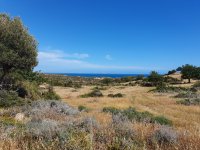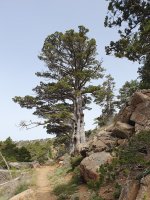PYRTLE
Old Berkshire Boy

One of my favourite places ( Germasogeia Dam ) and the surrounding villages, based at Akountra a couple of times. The walk down to the church where I too finally connected with S.C.Flycatcher and a nightly serenade of Scops Owls together with tree frogs.
Lovely trip report triggering great memories.
Lovely trip report triggering great memories.






